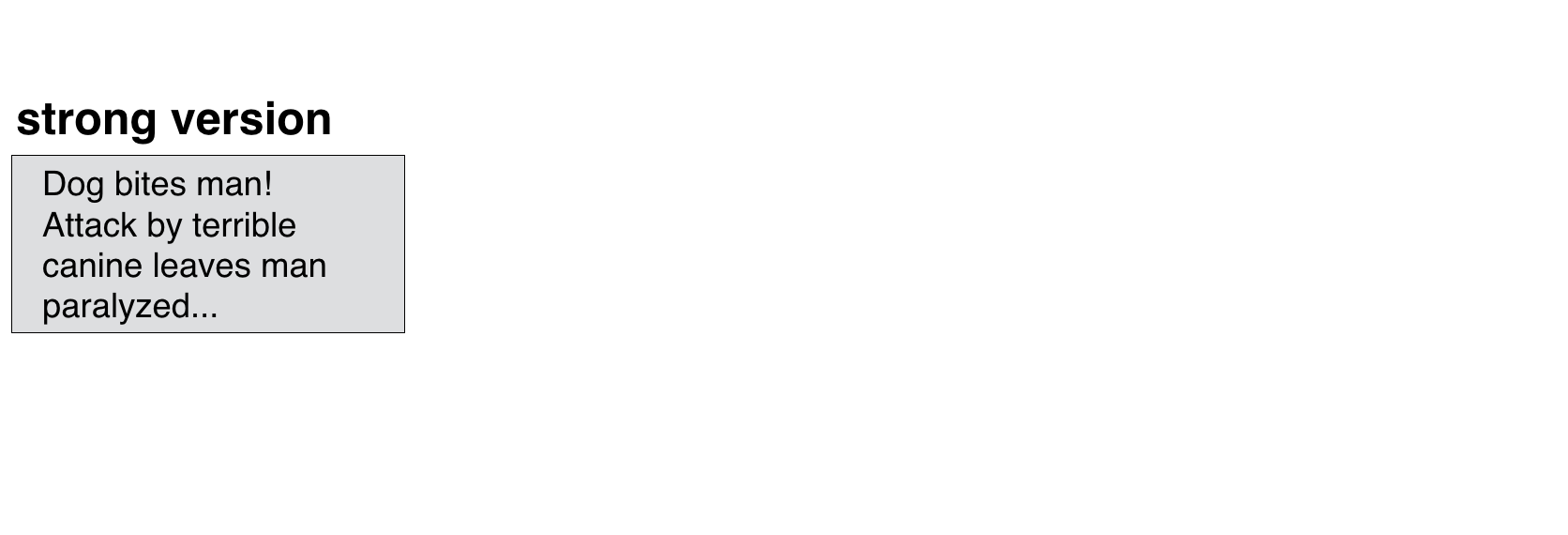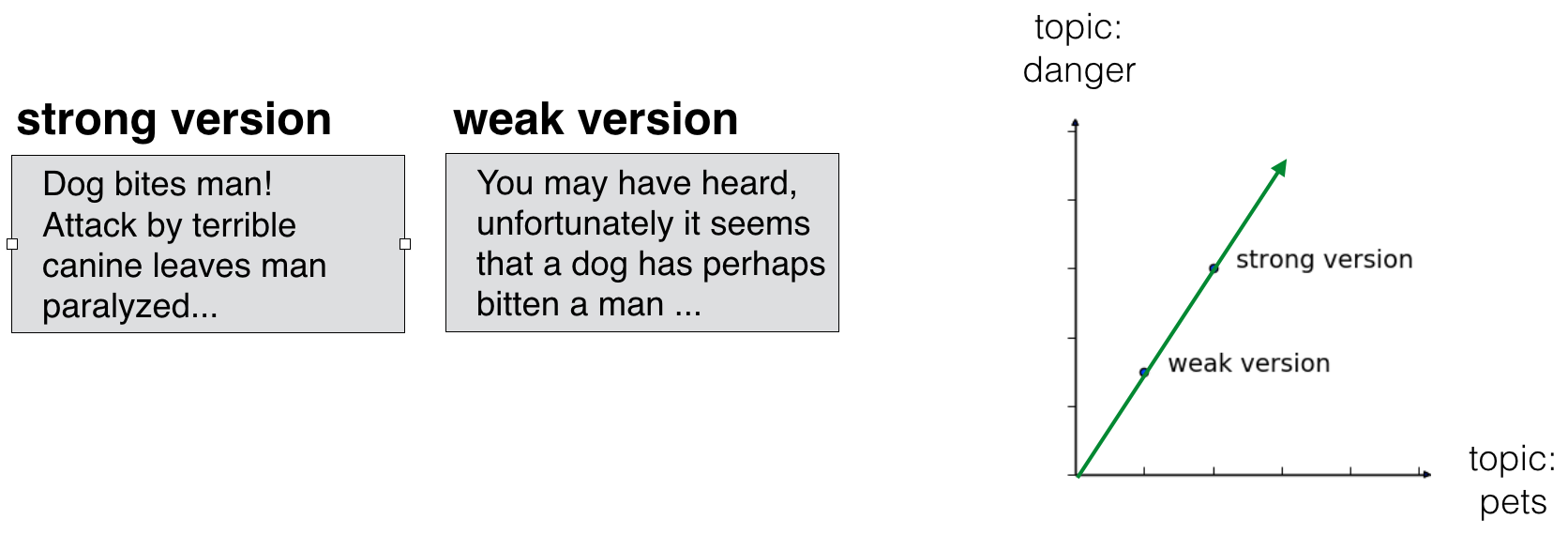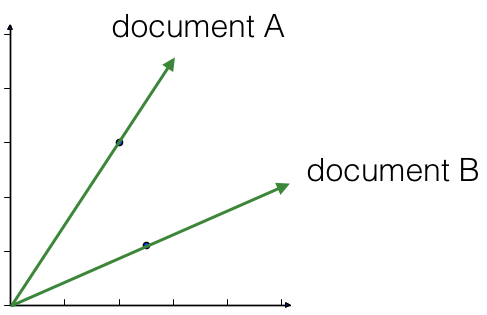Building recommender systems using NMF
Unsupervised Learning in Python

Benjamin Wilson
Director of Research at lateral.io
Finding similar articles
- Engineer at a large online newspaper
- Task: recommend articles similar to article being read by customer
- Similar articles should have similar topics
Strategy
- Apply NMF to the word-frequency array
- NMF feature values describe the topics
- ... so similar documents have similar NMF feature values
- Compare NMF feature values?
Apply NMF to the word-frequency array
articlesis a word frequency array
from sklearn.decomposition import NMF
nmf = NMF(n_components=6)
nmf_features = nmf.fit_transform(articles)
Strategy
- Apply NMF to the word-frequency array
- NMF feature values describe the topics
- ... so similar documents have similar NMF feature values
- Compare NMF feature values?
Versions of articles
- Different versions of the same document have same topic proportions
- ... exact feature values may be different!

Versions of articles
- Different versions of the same document have same topic proportions
- ... exact feature values may be different!
- E.g. because one version uses many meaningless words

Versions of articles
- Different versions of the same document have same topic proportions
- ... exact feature values may be different!
- E.g. because one version uses many meaningless words
- But all versions lie on the same line through the origin

Cosine similarity
- Uses the angle between the lines
- Higher values means more similar
- Maximum value is 1, when angle is 0 degrees

Calculating the cosine similarities
from sklearn.preprocessing import normalizenorm_features = normalize(nmf_features)# if has index 23 current_article = norm_features[23,:] similarities = norm_features.dot(current_article)print(similarities)
[ 0.7150569 0.26349967 ..., 0.20323616 0.05047817]
DataFrames and labels
- Label similarities with the article titles, using a DataFrame
- Titles given as a list:
titles
import pandas as pdnorm_features = normalize(nmf_features)df = pd.DataFrame(norm_features, index=titles)current_article = df.loc['Dog bites man']similarities = df.dot(current_article)
DataFrames and labels
print(similarities.nlargest())
Dog bites man 1.000000
Hound mauls cat 0.979946
Pets go wild! 0.979708
Dachshunds are dangerous 0.949641
Our streets are no longer safe 0.900474
dtype: float64
Let's practice!
Unsupervised Learning in Python

